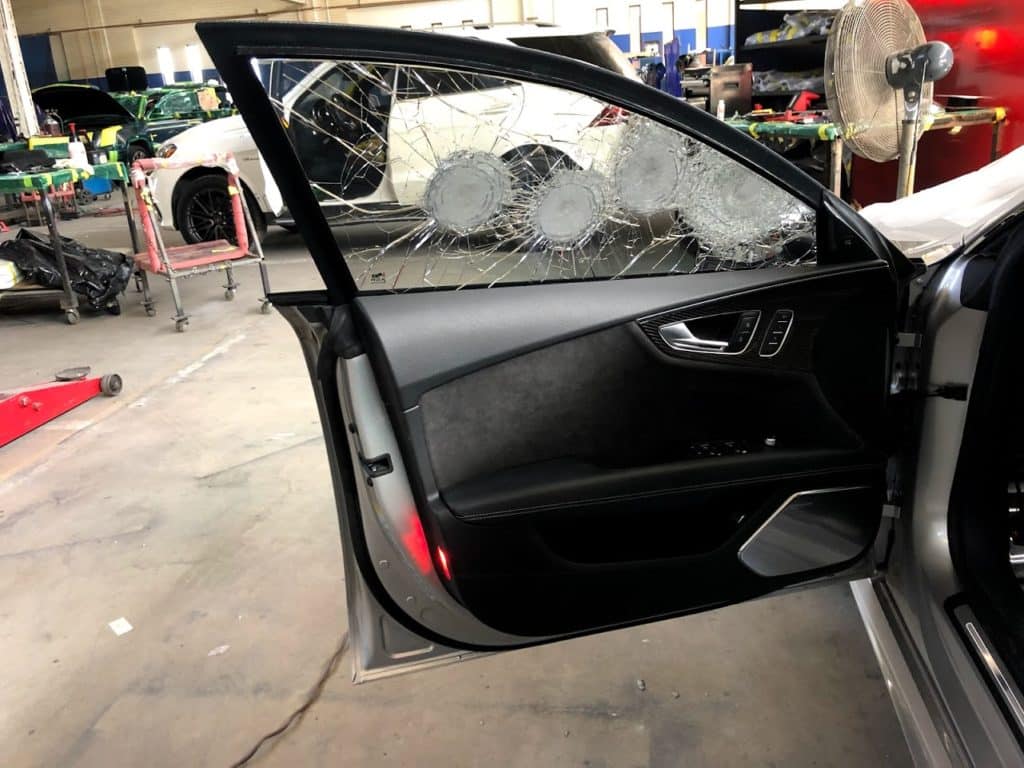What parts of the vehicle do you armor?

When it comes to armoring your vehicle at Armormax we offer a variety of armoring options, but knowing the difference between partial and full armoring is crucial to understanding what you are looking for. Armored vehicles are designed to provide enhanced security and protection against potential threats. In this blog, we will explore the parts of a vehicle that are armored in both partial and full armoring options, giving you a clear understanding of the levels of protection each option offers.
Partial Armoring:
Partial armoring involves reinforcing specific vulnerable areas of your vehicle, providing a significant level of protection without extensive modifications. In partial armoring, the following parts are typically armored:
Windshield and Windows: Bullet-resistant glass is installed on the windshield and windows to prevent penetration and provide added security for the driver and passengers.
Doors: Specialized ballistic panels are added to the doors, ensuring increased protection against potential attacks from the side.
Full Armoring:
Full armoring takes vehicle protection to a higher level by encasing the entire passenger compartment. In addition to the parts armored in partial armoring, full armoring includes:
Roof: The roof is reinforced with ballistic materials to protect against overhead threats.
Floor: The floor is armored to guard against potential explosive devices placed under the vehicle.
Posts: The various posts within the car are reinforced, providing an added layer of security in case of an attack from any direction.
Overlaps: There can be a gap between a post and the glass in a vehicle. To make sure you are completely protected we add overlaps that will give you more protection.
Mechanics: The goal of an armored vehicle is to buy you time to get away from the danger. There are things under the hood that will be armored, that way if they get shot at your vehicle will continue to function as needed.
The Difference:
The main difference between partial and full armoring lies in the extent of protection provided. While both options offer increased security, full armoring provides complete encasement for the passengers, ensuring 360-degree protection. Full armoring also covers the roof and floor, offering defense against overhead and undercarriage threats, which partial armoring doesn’t provide.
Conclusion:
When it comes to armoring your vehicle, you have the option to go with a partial or full armoring, each provides different levels of protection. Choosing the right level of armoring depends on your specific security needs and concerns. Consulting with experienced armoring experts will help you make an informed decision and ensure your vehicle is equipped with the appropriate protection to keep you safe in any situation.

